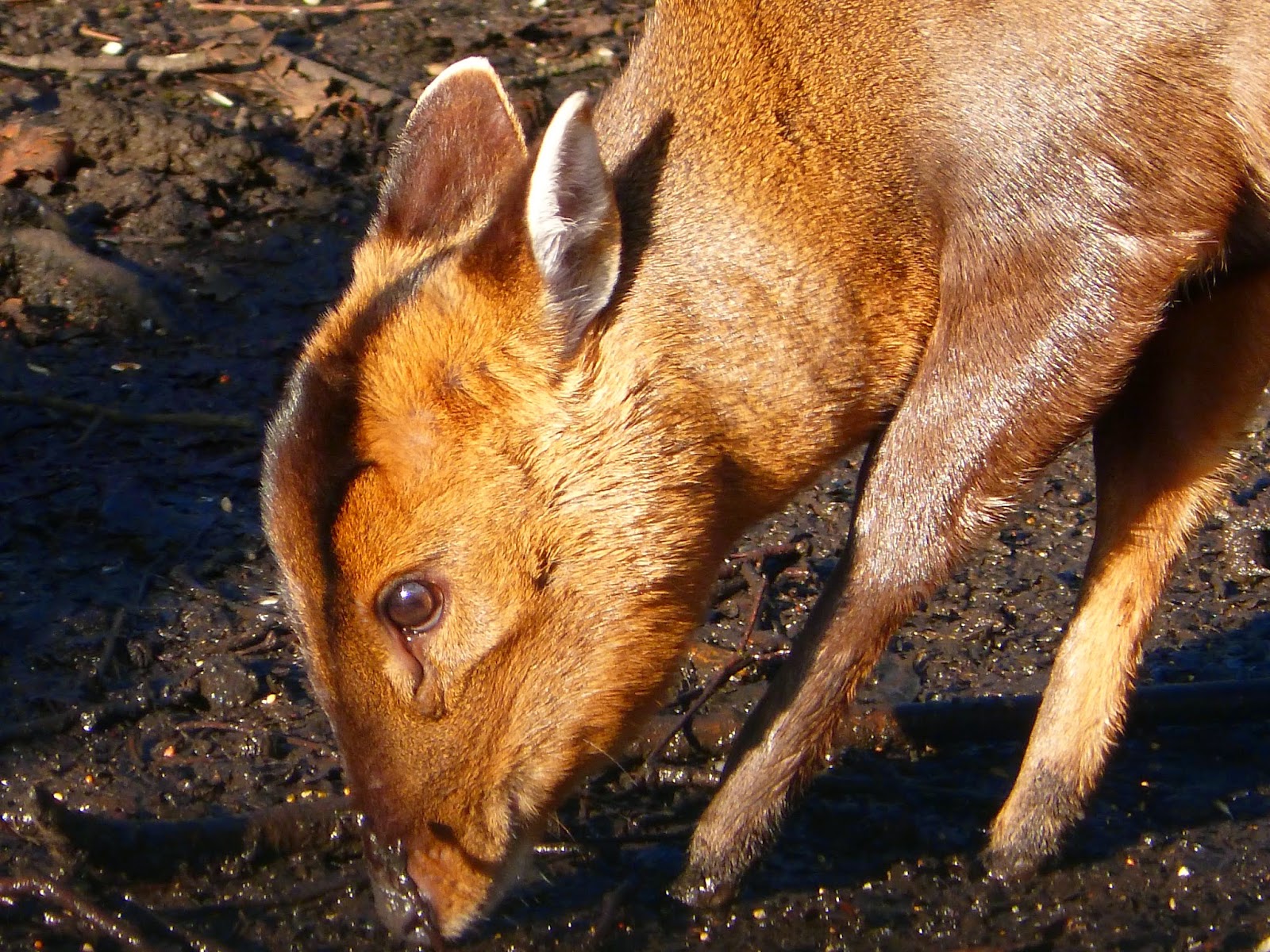- Collared dove - 2
- Wood pigeon - 2
- Dunnock - 1
- Blue tit - 2
- Great tit - 2
- Robin - 2
- Magpie - 2
- Blackbird - 2
 One of our robins is very territorial; not only did it chase off the other robin, it dive bombed the poor dunnock unawares, and they ended up rolling on the ground before the dunnock flew away.
One of our robins is very territorial; not only did it chase off the other robin, it dive bombed the poor dunnock unawares, and they ended up rolling on the ground before the dunnock flew away.Most of these are our usual visitors, but there are some that I would have expected to see and didn't; for example, we often have one of two coal tits who visit at this time of year. In spring and summer, we also usually have a pair of green finches and a number of gold finches, and we have even had a great spotted woodpecker and his youngsters visit our feeders. It got me thinking about how our results change from year to year, and whether this would depend on the food sources we provide, which have also changed as I have learnt more about what is on offer and what certain species of birds seem to prefer. This year, as we have consistently for several months now without changing food sources, we provided the following foods: sunflower hearts, mixed seed, suet balls, suet nibbles and meal worms, as well as fresh water.
As I was intrigued, I decided to look up my previous two years' results, and have plotted the somewhat rudimentary graph below to compare my findings. It would seem that providing suet nibbles has done wonders for the number of starlings we attract...


















